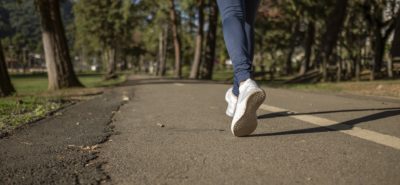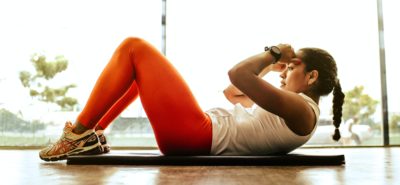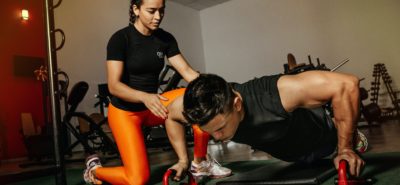4 Tips to Conquer Sitting Too Long
Many of us find during the day at our jobs we sit for long hours. When you have a busy or chaotic day at work, you can’t wait to go home and relax. Many studies have shown that sitting too long can be detrimental to your health. When you have an inactive lifestyle it will affect the various systems of your body and may put your health at risk.
Important impacts of sitting too long
There are many things your body goes through when it spends too much time sitting. Here is how it impacts your body.
Insulin resistance
Diabetes is a chronic and serious disease with a high death rate and affects many parts of the body.
For people who do not watch their diet and are sitting too long have more of a chance of developing insulin resistance. This condition is a cause of excess blood sugar that is not being transported from your blood to be stored in your muscles. Having insulin resistance may lead to diabetes type II.
Heart conditions
When sitting for a long time the enzymes in your body that burn fat start to decrease dramatically. The fat in the body is burned by lipoprotein lipase and it creates HDL or good cholesterol. This enzyme can also decrease the risk of heart disease by stopping the buildup of LDL or bad cholesterol in your arteries.
Having an inactive lifestyle will reduce the levels of HDL in the body and therefore increases the chance of hypertension and heart conditions.
Circulation
Sitting for too long causes your blood circulation to the brain and your legs slow down. Sitting for consistent hours and not standing up can cause blood clots. Mostly these blood clots are not a threat and can settle on their own. On occasion, they can cause the lungs to become blocked and cause death.
The impact on bones
An inactive lifestyle will cause bones to become fragile. If you sit for too many hours and have an inactive lifestyle you are at a higher chance of acquiring osteoporosis. This happens due to the bones that are continuously creating new material at the same time absorbing the old one. As you age the old bone material is reabsorbed quicker in comparison to the formation of new bone. When you have a shortage of physical activity it can lead to rapid bone loss.
Huge impact on muscles
An inactive lifestyle means that your muscles are at rest for a huge portion of the day and is detrimental to your muscles.
Back muscles
Muscles in your back, specifically the erector spinae muscles, are the most affected when a person is not active for a long period of time.
Your spinal structures can be affected and cause chronic back pain. Therefore, it is very important to sit up straight with no hunching. When sitting it is recommended to sit in ergonomic chairs.
Leg muscles
You will discover a difference in the muscle groups of your legs like the hamstrings and calves if you sit daily for long hours without enough breaks. They lose their tone as the muscles come to be less characterized. It is usually shown on the hips and upper legs.
Gluteal muscles
The gluteal muscles receive the most impact from prolonged sitting. When you sit too long these muscles become delicate and cause the butt to look flat. Some people experience some lower back pain and similar other conditions.
Arm muscles
Changes happen to your arm muscles when you sitting too long. Triceps muscles in the arms become flabby skin when you are inactive.
Abs
Abdominal muscles are affected with inactivity from long sitting. Muscle loss happens along with an accumulation of fat noticeably on the side of the waist and front of the abdomen.
What can you do?
If your job requires you to sit for long periods of time, there are simple things you can do to compensate for the effects it has on your body. Here are a few tips.
Traveling to the office
If you drive to work, try parking a few blocks away from the office so you are required to walk and get some steps in before you are sitting. Or if possible, you can walk the entire distance to work (or bike). During the day avoid using escalators or elevators and only use the stairs (or even half of the way if the distance is too long).
Office layout changes
Try arranging the items in your office so it requires you to move around to use them. An example of this would be to put the printer at the opposite end of the office as your desk and therefore you must take some steps to get your printing. On your break ensure that you don’t just drink your coffee in your office, go for a walk to get your coffee.
Check your posture
A great option at a desk is an exercise ball for part of your day. A standing desk is another great option if it is doable in your office/work. Maybe changing your chair to a wooden one that is not as comfortable as your current one may improve your posture. Some offices have also started using a treadmill or bicycle desks which ensures you continue to work and not comprise your health.
Reminders are a must
Create a timer on your computer or your phone to take a few steps every hour to prevent you from sitting too long. Another great incentive for walking is using a step tracker, as it provides motivation to keep your step achievement for the day.














